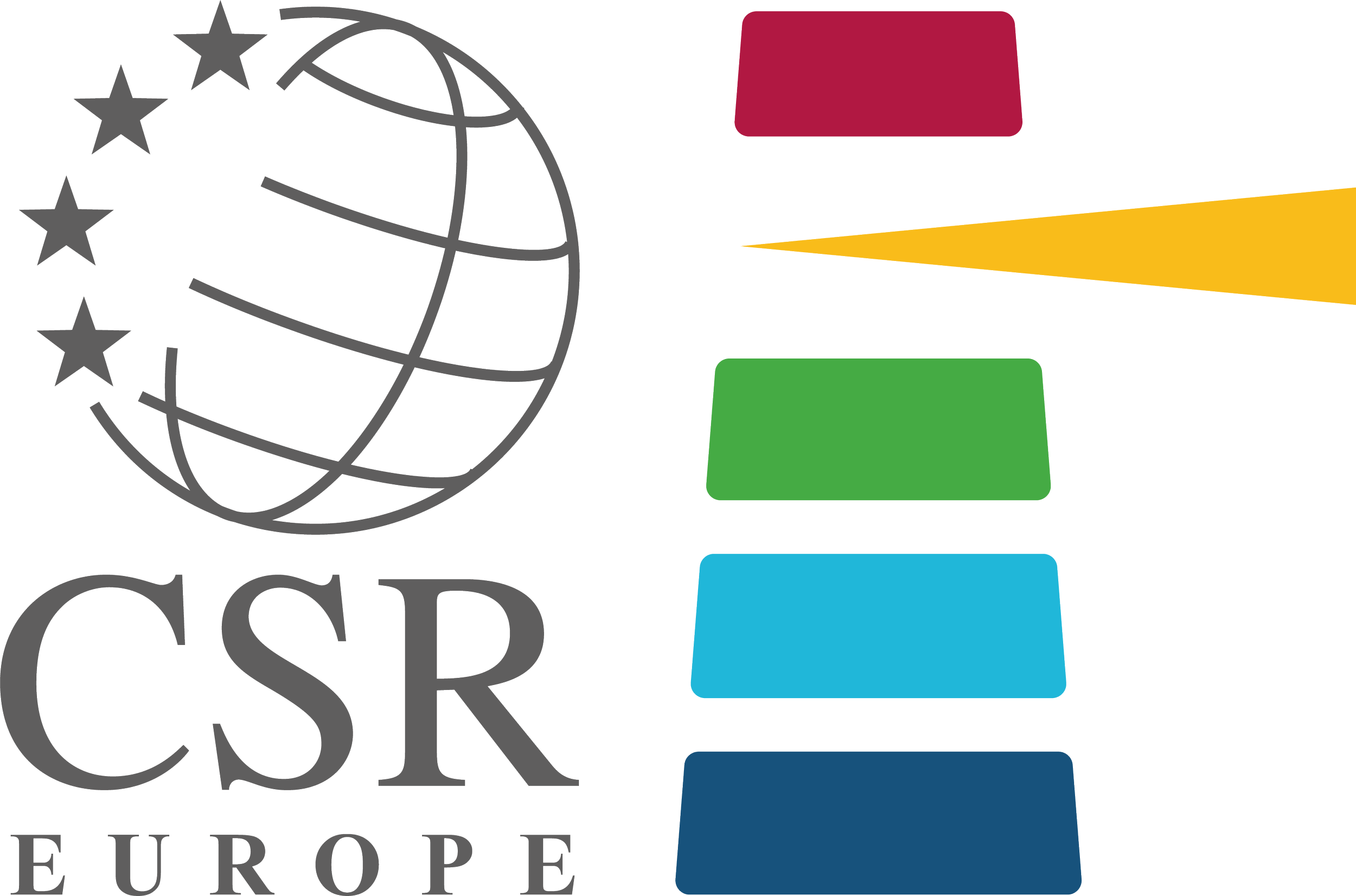The Platform on Sustainable Finance releases the final Report on Social Taxonomy
The European Commission's advisory body defines what counts as a socially beneficial investment for investors, focusing on companies' workforce, consumers, and the communities affected by their supply chain.
On February 28, the European Commission’s Platform on Sustainable Finance (PSF) Subgroup 4 has released the final Report on Social Taxonomy, proposing a structure for an EU social taxonomy in line with the current legislative environment on sustainable finance and governance.
For the time being, Social and Governance are only a feature of the more complex EU environmental taxonomy framework, which sets minimum social safeguards via Art. 18. As social grievances can easily translate into reputational risks for companies associated with social or human rights violations, it is crucial for investors to consider this dimension before financing a business. A social taxonomy, hence, is necessary to identify credible approaches to mitigate these risks and provide guidance to capital market participants, helping them to recognise sustainable investments and allocate resources efficiently.
According to the report, the future Social Taxonomy might have some elements in common with the current environmental one and:
Develop social objectives;
Adopt a substantial contribution principle;
Rely on the Do not significantly harm (DNSH) criteria;
Include minimum safeguards.
Furthermore, the Social Taxonomy would build on three proposed objectives:
1) Decent Work (with links to value chain workers)
This objective should not be limited to the European Union, as working conditions in third countries sometimes do not meet specific standards and have a great influence on the European market.
2) Adequate living standards and well-being for end-users
This objective focuses on people in their role as end-users of certain products and services bridging the gaps towards a stronger right to health, food, housing, and education.
3) Inclusive and sustainable communities and societies
This objective will work through (i) addressing and avoiding negative impacts; and (ii) making basic economic infrastructure available to certain target groups.
Each objective will in turn include sub-objectives, that will include (but will not be limited to) health and safety, healthcare, housing, wages, non-discrimination, consumer health, and communities’ livelihoods.
When it comes to substantial contributions, the proposal of the PSF refers to three different types:
Avoiding and addressing negative impact;
Enhancing the inherent positive impacts of social goods and services and basic economic infrastructure;
Enabling activities with the potential to enable substantial risk reductions in other sectors.
While most of the work currently on the agenda of the European Commission around the EU Taxonomy is still focused on the remaining four Environmental Objectives, due to be released in the upcoming weeks, the Final Report of the Subgroup 4 on the Social Taxonomy has now been handed to the European Commission.
The PSF Subgroup 4 will continue to work on the environmental minimum safeguards, conduct a study on the impacts of a social taxonomy, as well as define substantial contribution and DNSH criteria for the first objective(s) and sectors.
For more information:
Project Manager
UPCOMING EVENTS
RELATED NEWS
RELATED RESOURCES







